Nycteola asiatica
(Krulikovsky, 1904)
-
 Subfamily: Chloephorinae, Chloephorini
Subfamily: Chloephorinae, Chloephorini -
 Wingspan: 22-25 mm
Wingspan: 22-25 mm -
 Flight period: Mar - Sep
Flight period: Mar - Sep -
 Spread: Common
Spread: Common -
 Host plants: Populus sp., Salix sp.
Host plants: Populus sp., Salix sp.
Information
The Nycteola asiatica also called Eastern Nycteoline or Poplar Nycteoline is a moth of the Nolidae family with a wingspan of 22-25 mm.
It is found in almost all of Europe, with the exception of Portugal of Ireland, the United Kingdom, the Netherlands of Iceland, the southern and northern European Russia.
Its range extends to the whole Palearctic eco-zone as far as Japan.
In Italy it is also present in Sardinia but not in Sicily *.
The front wings of the Nycteola asiatica are brownish gray with shades of ocher, sometimes with metallic reflections.
A dark ocher band crosses the front wing, from the costa to the inner edge.
It is delimited, towards the basal region, by a double dark line with a discontinuous trend, to form a series of sharp angles, also towards the post-discal region
there is a double line with a discontinuous and jagged and much less evident trend;
it tends to tighten and reduce the size of the band, near the internal margin.
Inside the band, not always visible, there is a darker spot of circular shape.
In the submarginal region, a series of dark spots are visible which sometimes join together to form a single continuous line.
The wing edge is fringed and bordered by a dark line.
The hind wings are white / greyish, translucent, with darker shades towards the margin, also fringed.
Head and thorax are in the color of the front wings while the abdomen resembles the color of the hind wings.
The Nycteola asiatica is a bivoltine species with flickers between March and April and June and September. ***
Lives in warm, but at least moderately humid sites.
The moths show a non-specific migratory behavior and are therefore sometimes also recorded north of the Alps (towards Scandinavia) where they are probably not (yet) indigenous. ****
The larvae feed mainly between the end of May and August. They live in loose webs on the tips of new shoots like their congeners.
The eggs are hemispherical, white knurled and are deposited in groups on the leaves of the host plant. **
The caterpillar is of an intense light green color, including the head, with a veiled transparency, sparse long white hairs.
The chrysalis is light green in color with a dark irregular band in the dorsal area, which runs along its entire length.
It is found inside a greenish white cocoon fixed on the leaves of the host plant. **
The larvae feed on Populus sp. and Salix sp ..
* Lepidoptera mundi https://lepidoptera.eu/ - Fauna Europea https://fauna-eu.org/
** Bestimmungshilfe für die in Europa nachgewiesenen Schmetterlingsarten - http://lepiforum.de/
*** Roland Robineau, Guide de papillons nocturne de France, Delachaux et Niestlé, 2011 p. 162
**** Lepidoptera and their ecology - http://www.pyrgus.de/

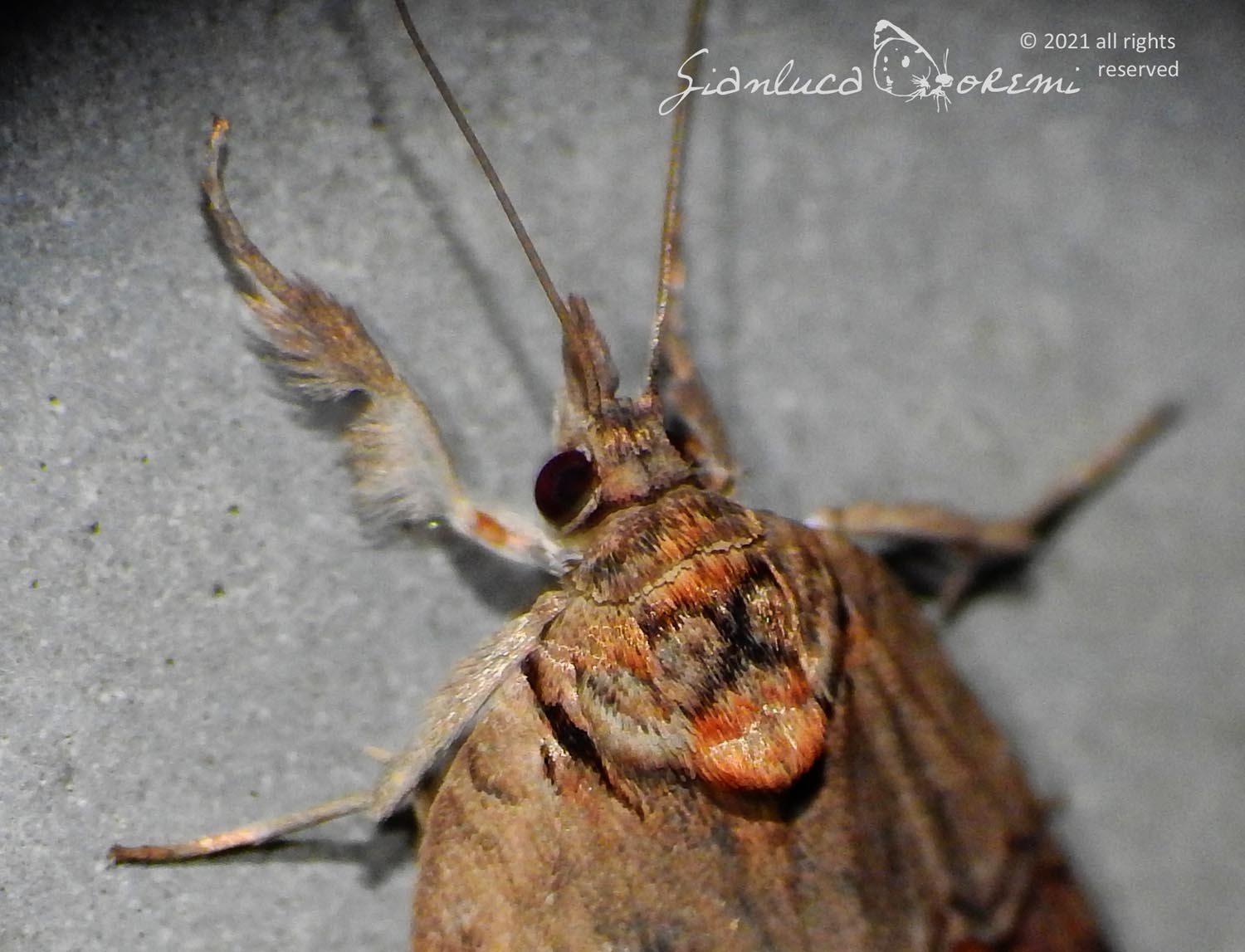
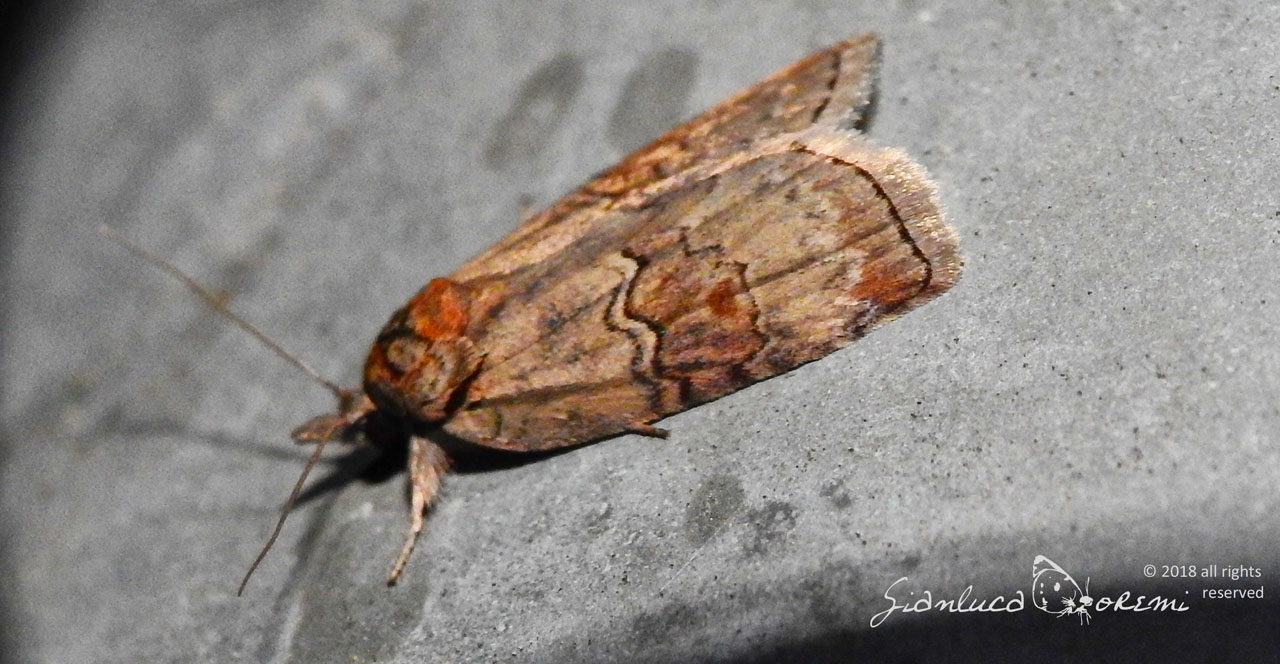
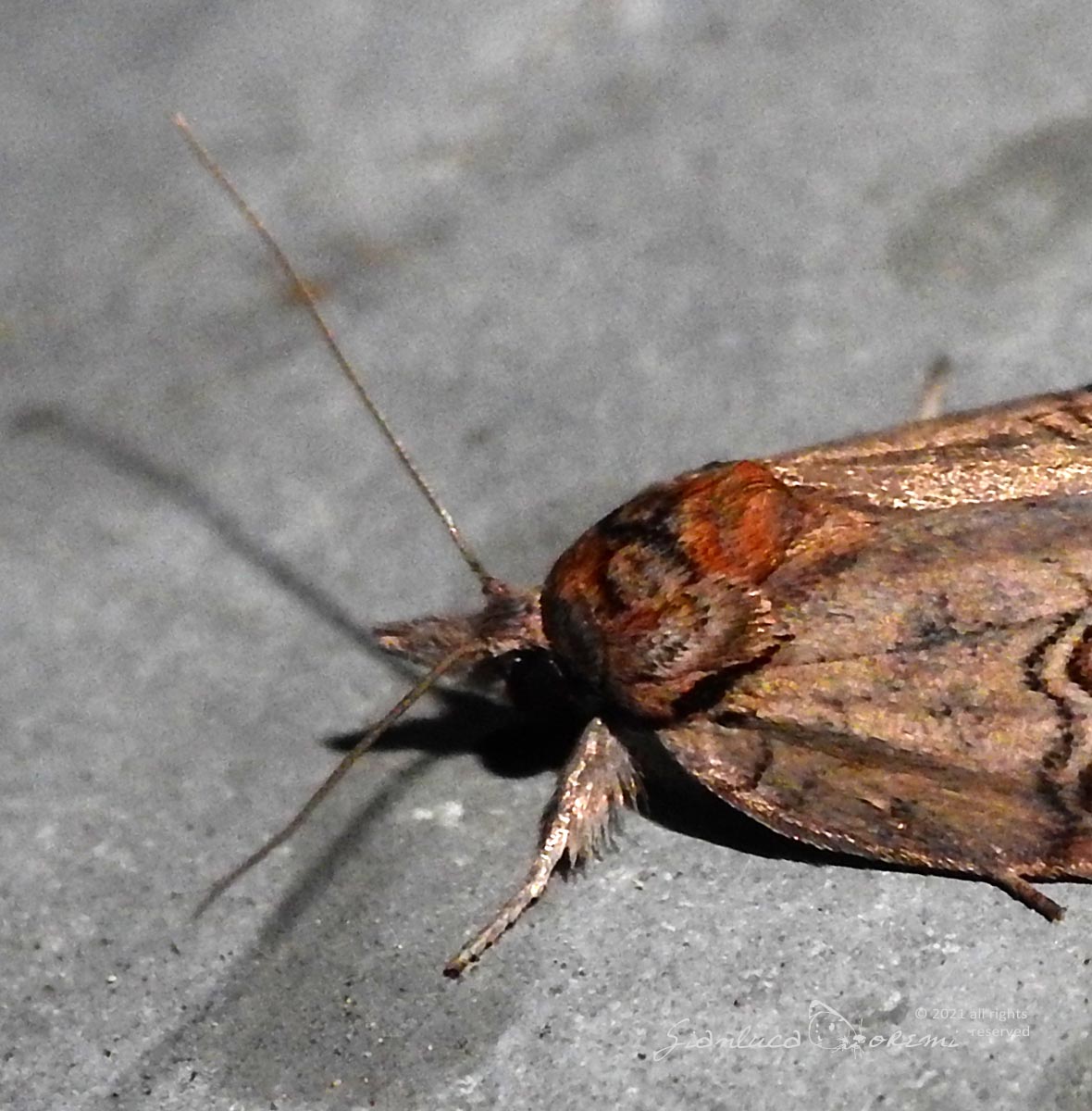
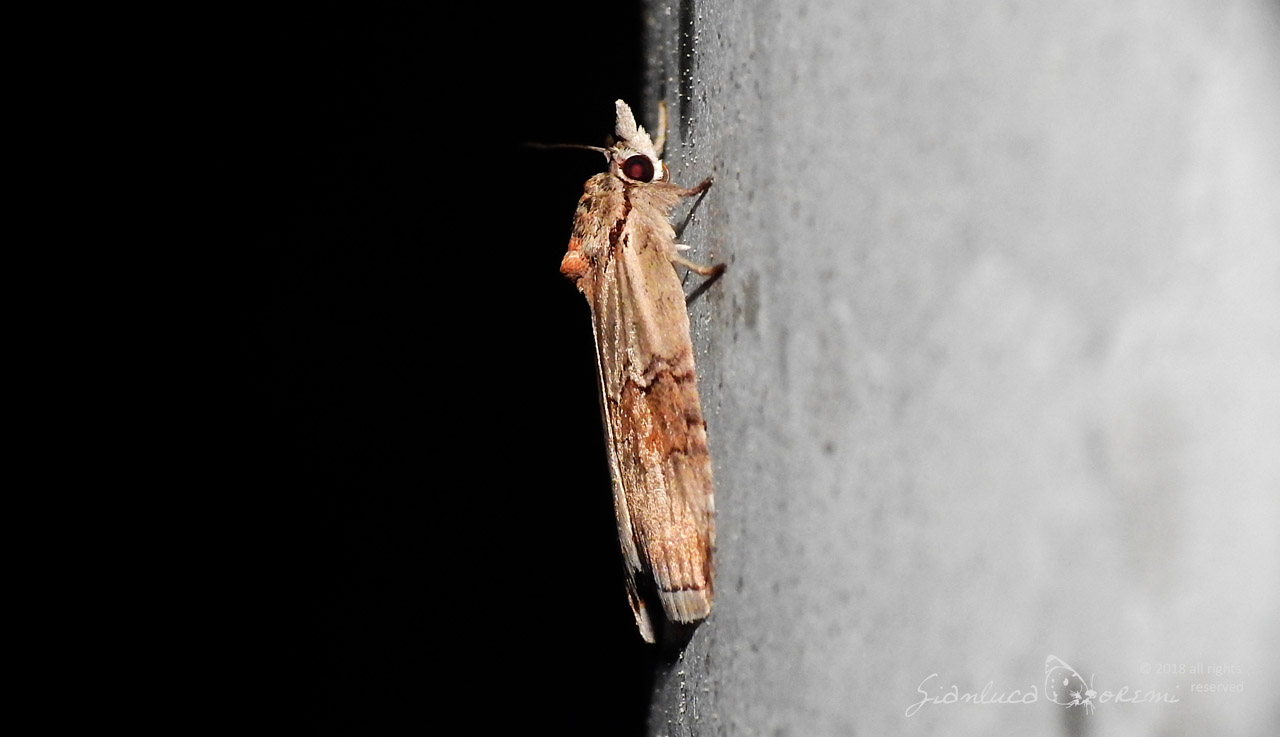
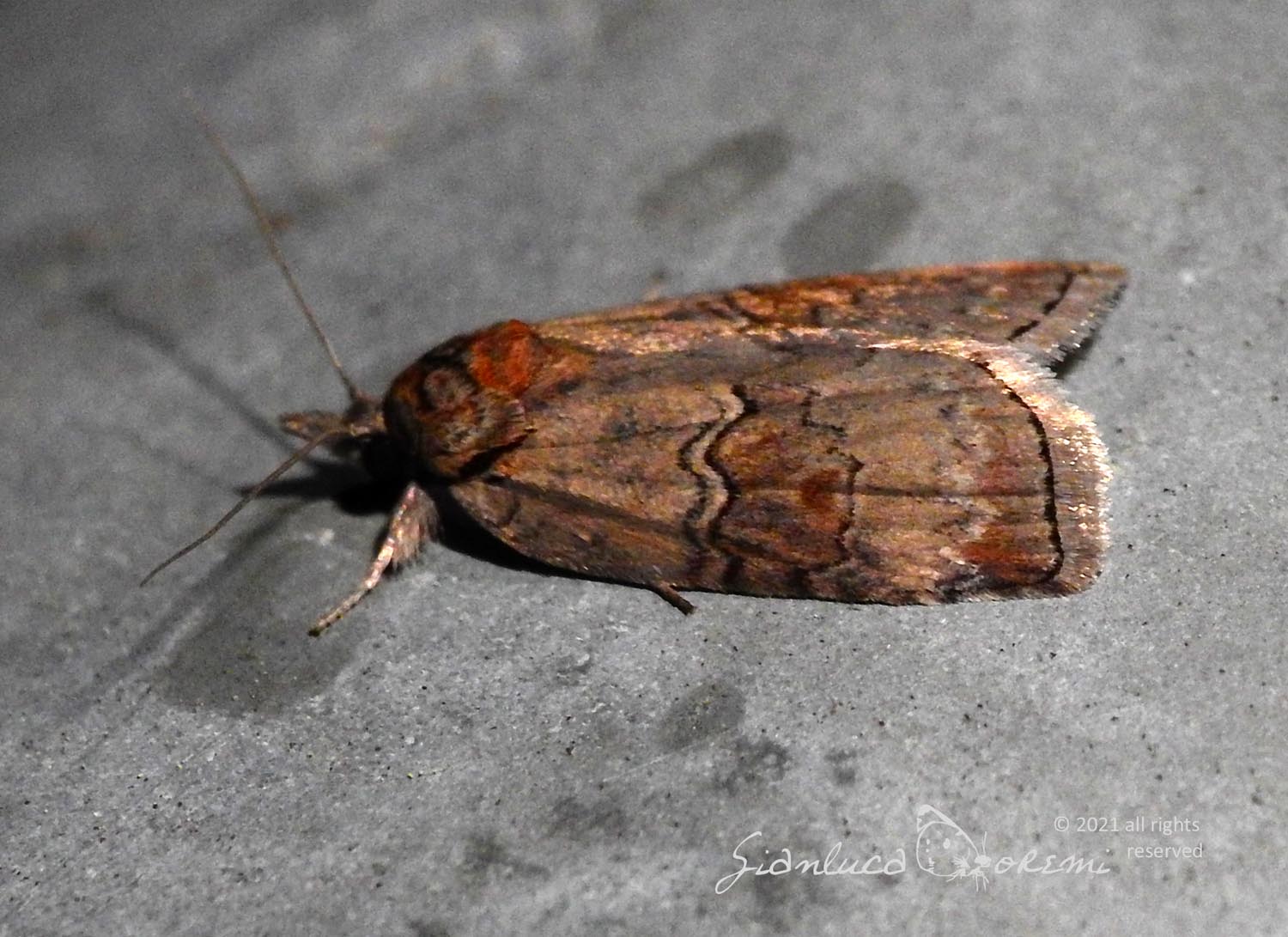
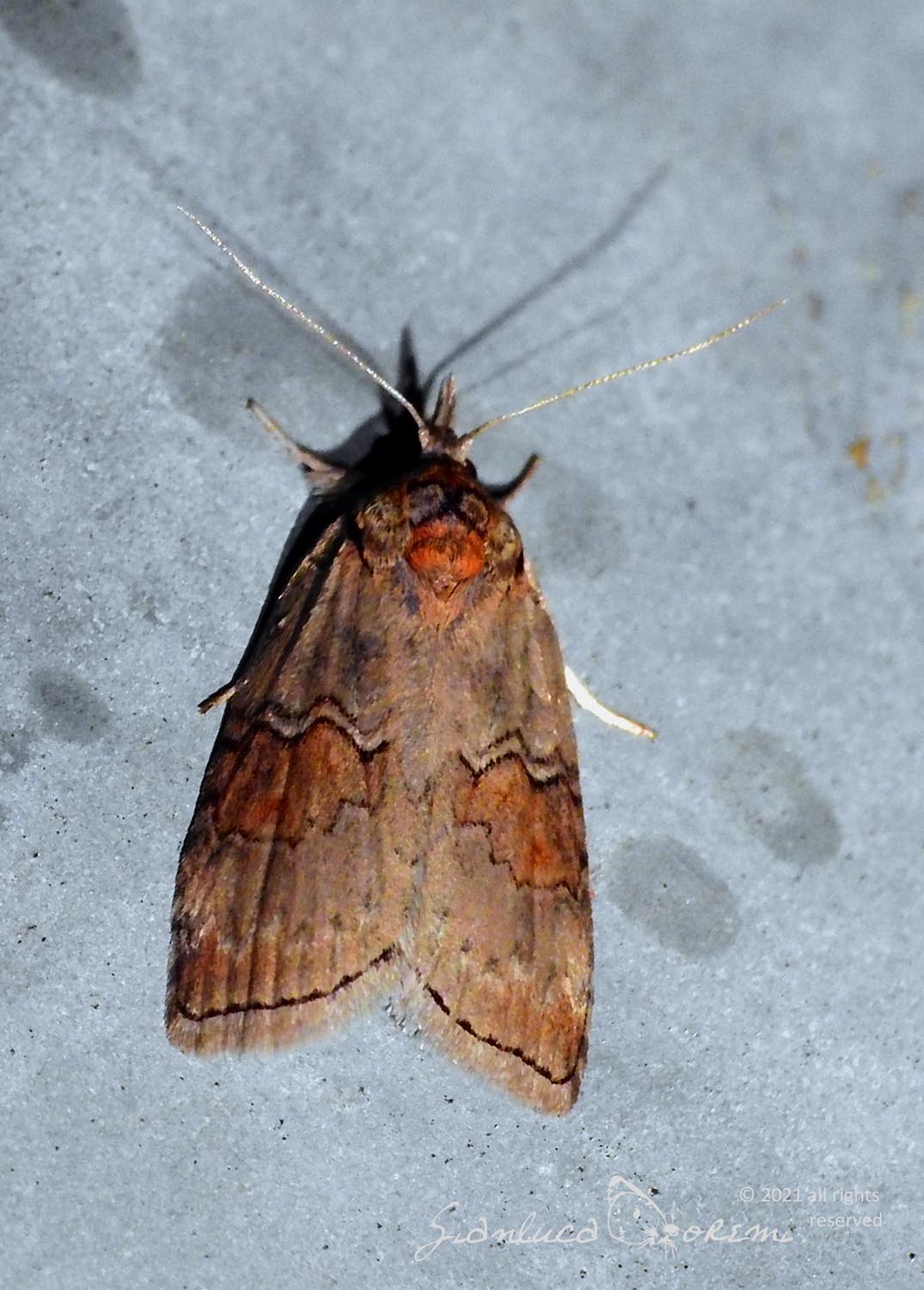

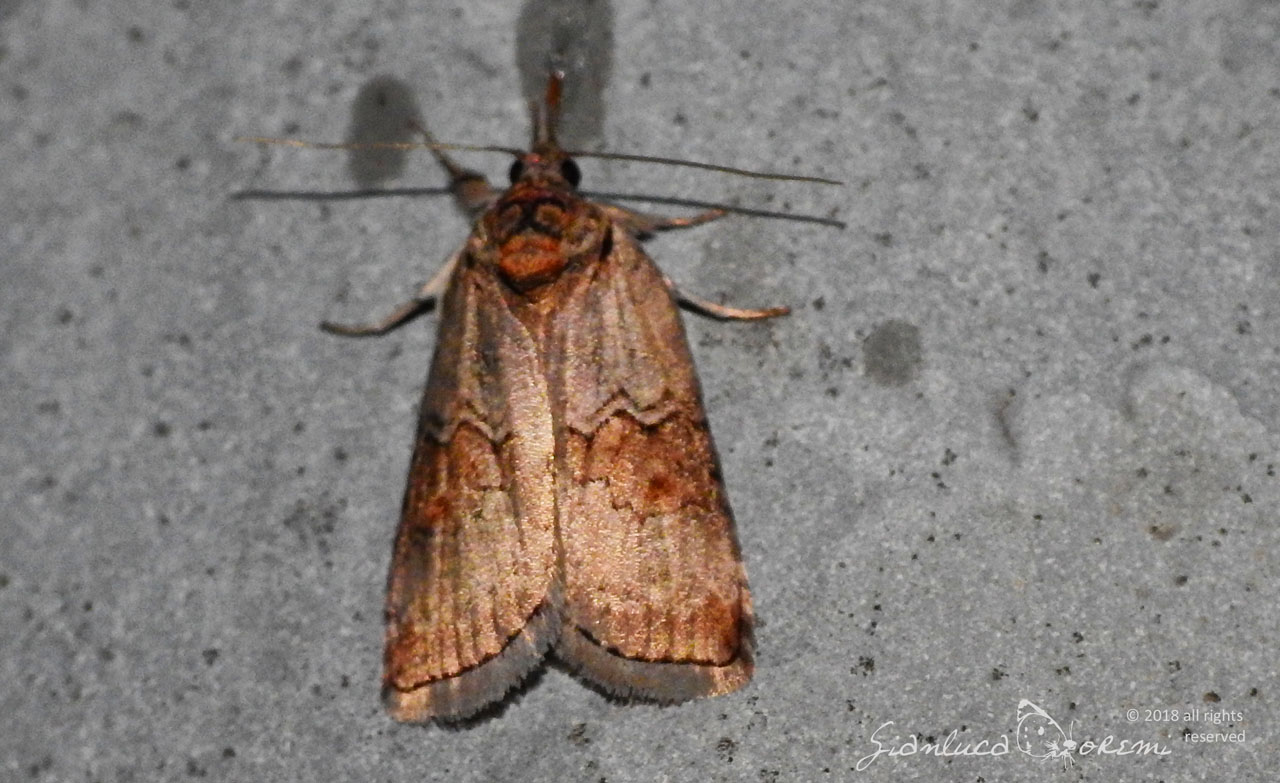

 EN
EN ITA
ITA
Social and publications